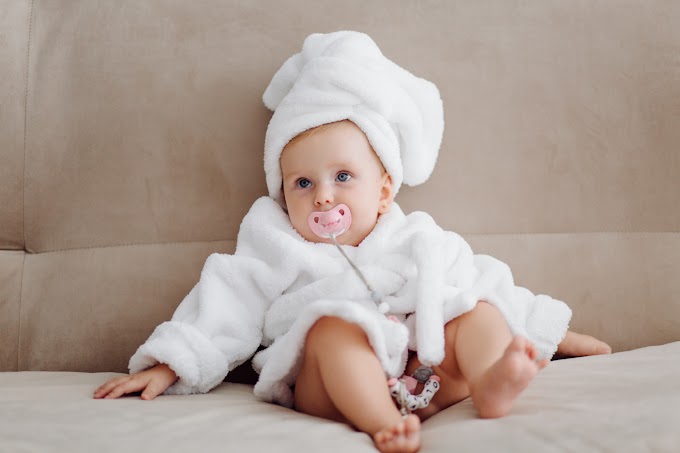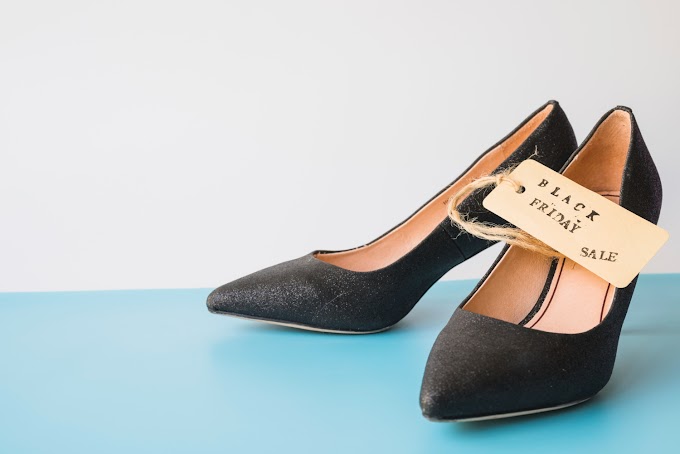When it comes to cooking and baking, precision is the key to success. Accurate measurements ensure that your culinary creations turn out just the way you intend them to. In this article, we'll explore the world of measuring cups, a fundamental tool in the kitchen that helps you achieve that precision. From different types of measuring cups to tips for using them effectively, we've got you covered.
Introduction to Measuring Cups
Measuring cups are indispensable in the kitchen. They come in various shapes, sizes, and materials to cater to different culinary needs. These cups are designed to measure both dry and liquid ingredients, making them essential for every home cook and professional chef.
Different Types of Measuring Cups
Liquid Measuring Cups
Liquid measuring cups are typically made of glass or clear plastic. They have a spout for easy pouring and are available in various sizes. The key feature of these cups is their ability to measure liquids accurately, thanks to graduated markings on the side.
Dry Measuring Cups
Dry measuring cups are usually made of metal or plastic and are designed to measure dry ingredients like flour, sugar, and spices. These cups come in various sizes and are essential for baking.
Adjustable Measuring Cups
Adjustable measuring cups are a versatile option for measuring both dry and liquid ingredients. They allow you to adjust the measurement by sliding a movable component, ensuring accuracy in a single tool.
Importance of Accurate Measurements
Accurate measurements are vital in cooking and baking. They are the foundation of any successful recipe. Without the right measurements, your dishes may not turn out as expected, leading to disappointment in the kitchen.
How to Use Measuring Cups Properly
Measuring Dry Ingredients
When measuring dry ingredients, use dry measuring cups. Fill the cup to overflowing and level it off with a straight-edged tool. This method ensures you're not using too much or too little of the ingredient.
Measuring Liquid Ingredients
For liquid ingredients, use liquid measuring cups. Place the cup on a level surface, pour the liquid to the desired mark, and check it at eye level to ensure precision.
Common Mistakes to Avoid
Scooping Flour Incorrectly
A frequent error involves the act of directly scooping flour from its container using the measuring cup. This compacts the flour, leading to an inaccurate measurement.
Overpouring Liquid
Pouring liquid ingredients without precision can result in inaccurate measurements. To avoid this, pour slowly and stop at the desired level.
Ignoring the Meniscus
When measuring liquids, always consider the curved surface at the top, called the meniscus. For precise measurements, ensure you gauge up to the lower edge of the meniscus.
The Role of Measuring Cups in Baking
In baking, where precision is critical, measuring cups are essential. Accurate measurements of flour, sugar, and other dry ingredients ensure that your cakes, cookies, and bread turn out perfectly.
Measuring Cups in Cooking
Measuring cups are not limited to baking. In cooking, they are used to ensure the right balance of ingredients, especially when following recipes.
Tips for Keeping Measuring Cups Clean
Maintaining the cleanliness of your measuring cups is important to prevent cross-contamination. Wash them thoroughly after each use to avoid transferring flavors between different ingredients.
Choosing the Right Measuring Cups
Selecting the right measuring cups depends on your specific needs. Consider factors like the type of ingredients you work with and the level of precision required.
Measuring Cups and Conversions
Measuring cups can be used for conversions between various units of volume and weight, making them handy tools for international and regional recipes.
Alternatives to Measuring Cups
While measuring cups are the standard, there are alternative methods for measuring ingredients, such as using a kitchen scale or estimating with common objects.
Measuring Cups for Special Diets
Measuring cups are invaluable for those following specific dietary restrictions, helping them control portion sizes and ingredients precisely.
Measuring Cups in Professional Kitchens
Professional chefs rely heavily on measuring cups to maintain consistency and quality in their dishes. These cups are essential in commercial kitchens.
Measuring Cups in Everyday Life
Measuring cups aren't just for cooking and baking. They can also be handy in DIY projects, crafting, and even gardening.
Conclusion
In conclusion, measuring cups are the unsung heroes of the kitchen, ensuring the accuracy and success of countless recipes. Whether you're a novice cook or a seasoned chef, these precision tools are a must-have. So, next time you embark on a culinary adventure, remember the importance of measuring cups in your quest for delicious and perfect dishes.
Unique FAQs
Is it acceptable to utilize a liquid measuring cup for measuring dry ingredients?
While it's possible, it's best to use dry measuring cups for dry ingredients as they provide more accurate measurements.
What's the difference between metal and plastic measuring cups?
Metal cups are more durable but can be heavier, while plastic cups are lightweight and affordable.
Are there measuring cups with metric measurements?
Yes, you can find measuring cups with both metric and imperial measurements for versatile use.
Can I use a regular drinking glass as a liquid measuring cup?
You can, but it's not the most accurate method due to the lack of graduated markings.
Do professional chefs use measuring cups?
Yes, professional chefs use measuring cups, especially in establishments where consistency and precision are vital.







